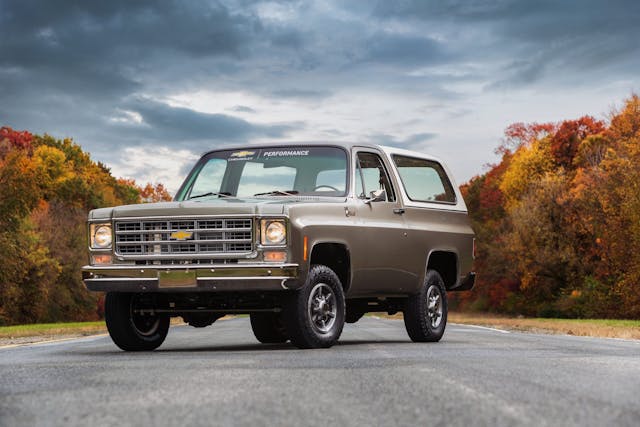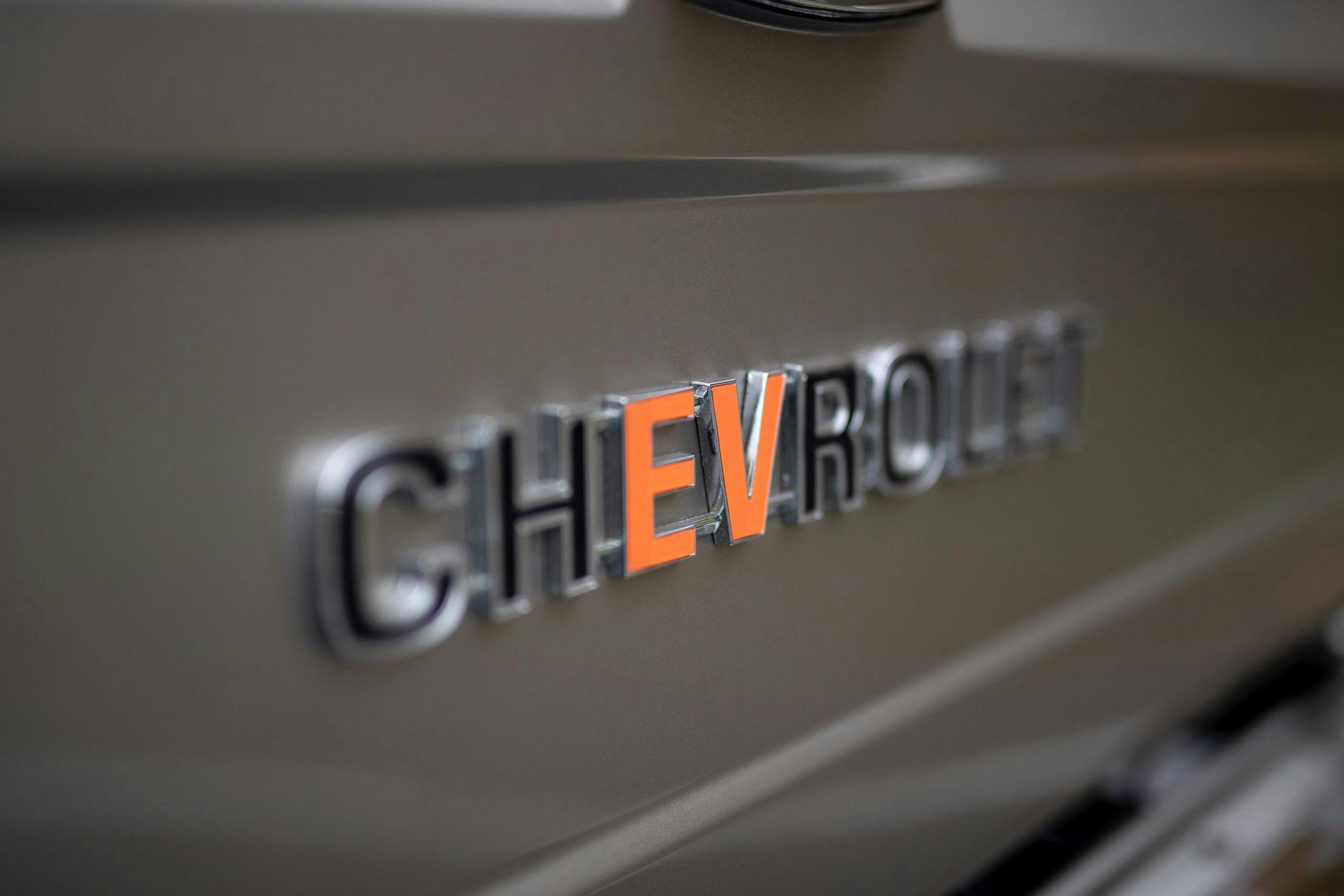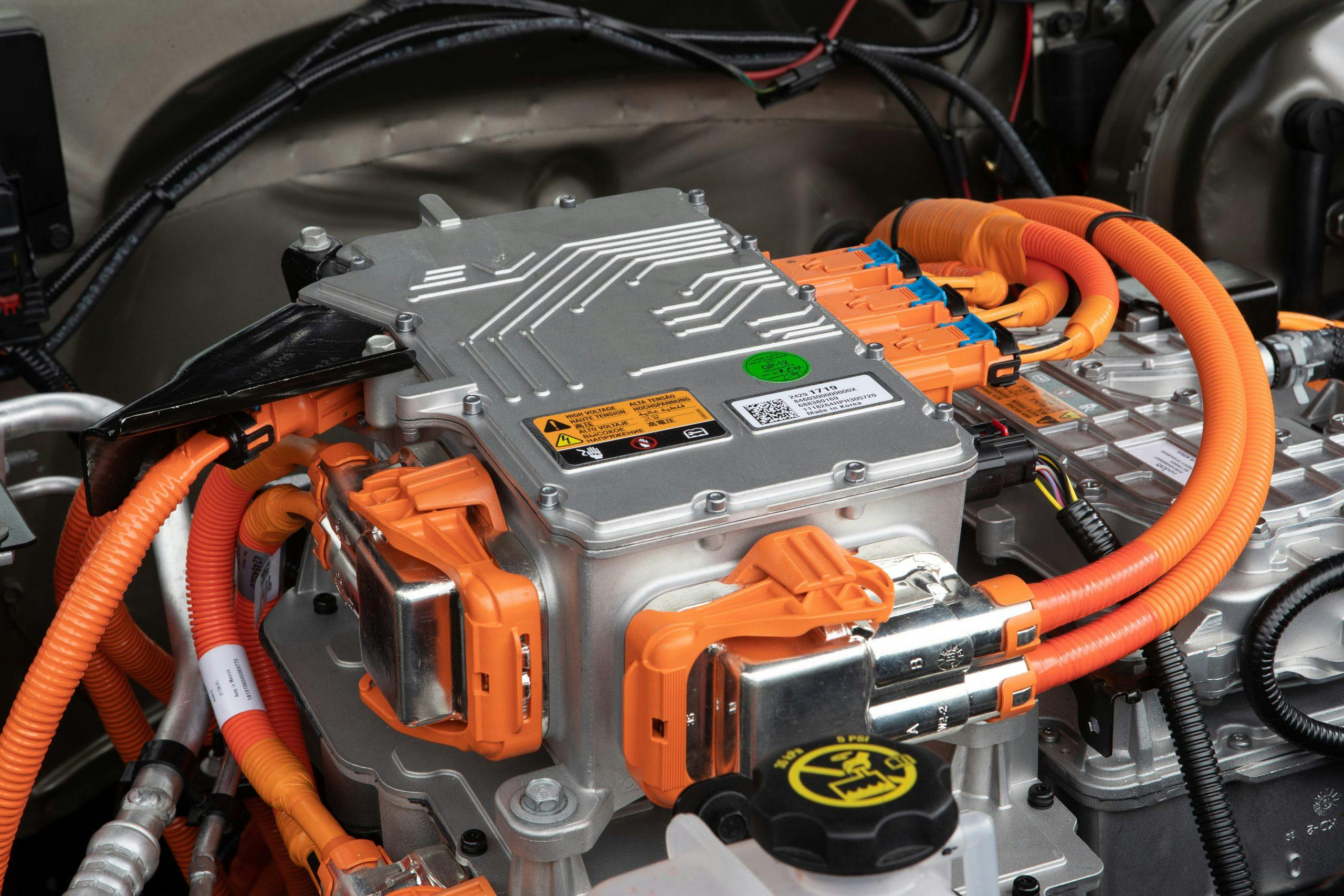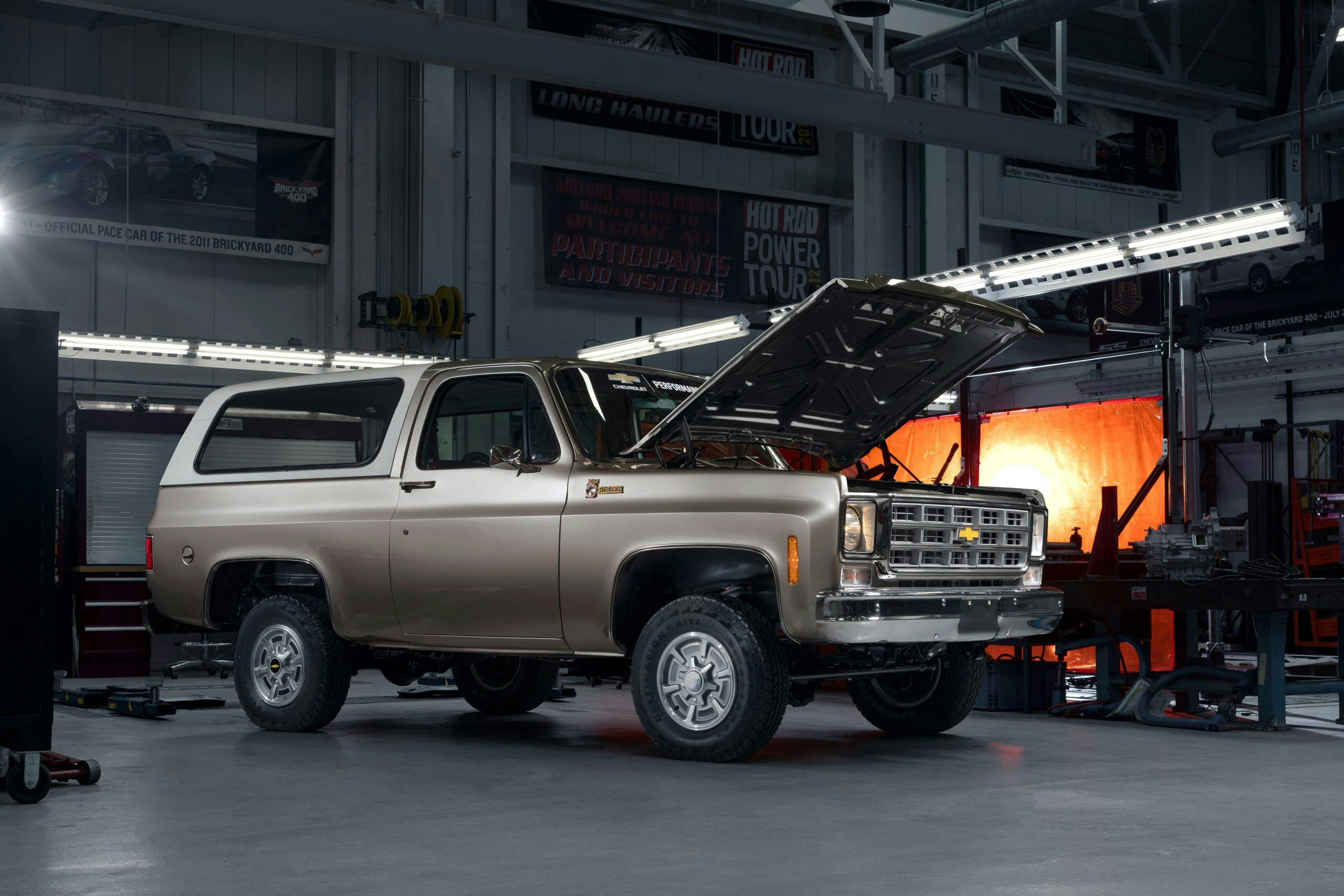Blazer-E concept heralds 2021 arrival of Chevy’s eCrate electric crate motor
Even though the 2020 SEMA show won’t take place at the Las Vegas Convention Center like it has in the past, Chevrolet has still built a small fleet of project vehicles that highlights its newest crate motors, as is tradition for this time of year. This time, one vehicle marks a significant departure from previous show-only offerings; Chevy plans to offer an electric crate powertrain for the first time ever, beginning in the second half of 2021.
This 1977 K5 Blazer is powered by a pre-production version of what’s officially termed the “Electric Connect and Cruise” powertrain, the first all-electric crate motor from Chevrolet Performance.

“As GM introduces a new fleet of electric vehicles, it creates an exciting opportunity to bring EV technology to the aftermarket,” said Jim Campbell, GM’s U.S. vice president of performance and motorsports. “Our vision is to offer a comprehensive line of Connect and Cruise systems from Chevrolet Performance—delivering a solution for every customer ranging from LSX V-8s to eCrate conversions.”
The eCOPO Camaro gave us our first hint at an all-electric powertrain swap in 2018, and the E-10 pickup in 2019 showed us what it might look like in a classic. This time the recipient is a 1977 K5 Blazer, dubbed “Blazer-E,” and the motor comes straight from the Chevrolet Bolt EV. The Blazer’s original powertrain, a 400-cubic-inch small-block and three-speed auto, have been replaced with the Bolt’s 200-hp motor and a four-speed automatic gearbox—likely a 4L65E that’s used in many of Chevrolet Performance’s Connect and Cruise powertrain packages.

At first, it may seem like a bit of a downgrade to lose 400 cubes of small-block for only 200 horses, but the late ’70s 400 was not a power-dense engine. At 175 hp and 290 lb-ft of torque, it was no hot rod, yet it was easily up to the task of shuttling a K5 around on and off-road. The Bolt’s motor is down just a bit on torque compared to the 400, at 266 lb-ft, but its flat torque curve and improved power should more than make up for it. The eCrate was such a fitting replacement that the rest of the driveline remained intact, including the transfer case, driveshaft, and axles.
There are some challenges when switching to an all-electric drivetrain, however. Chevrolet Performance had to add an electric power steering pump and an electric vacuum pump to maintain the Blazer’s factory brakes. A bonus of the electric conversion, however, was the addition of a regenerative braking system, which will help squeeze extra efficiency out of the 4×4.

A Bolt battery pack mounted in the cargo area feeds the front-mounted engine 400 volts and has a 60 kWh capacity. That’s good for 238 miles of range in the Bolt. Factoring in the Blazer’s drivetrain, heft, and aerodynamics, we’d expect significantly less. Still, it’s an exciting premise and it’s only the beginning from Chevrolet Performance.

So far, Lingenfelter Performance, based in Brighton, Michigan, is on board to get the training and certification to install the crate powertrain when it becomes available in less than a year. At this rate, we’ll probably see a more powerful eCrate kit at SEMA 2021 along with the first wave of cars re-powered with Chevrolet Performance’s first all-electric aftermarket powertrain.





